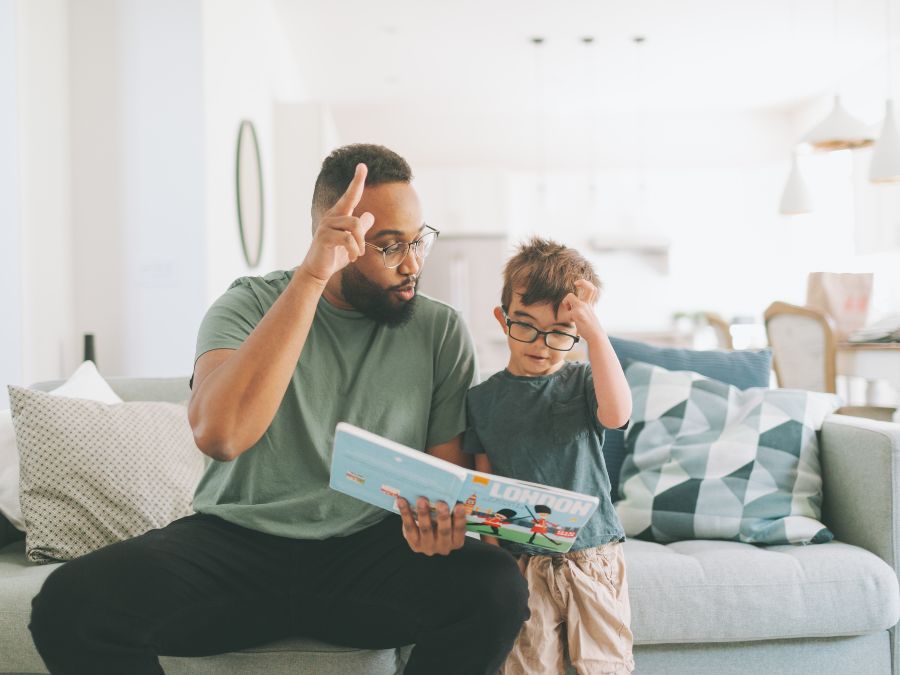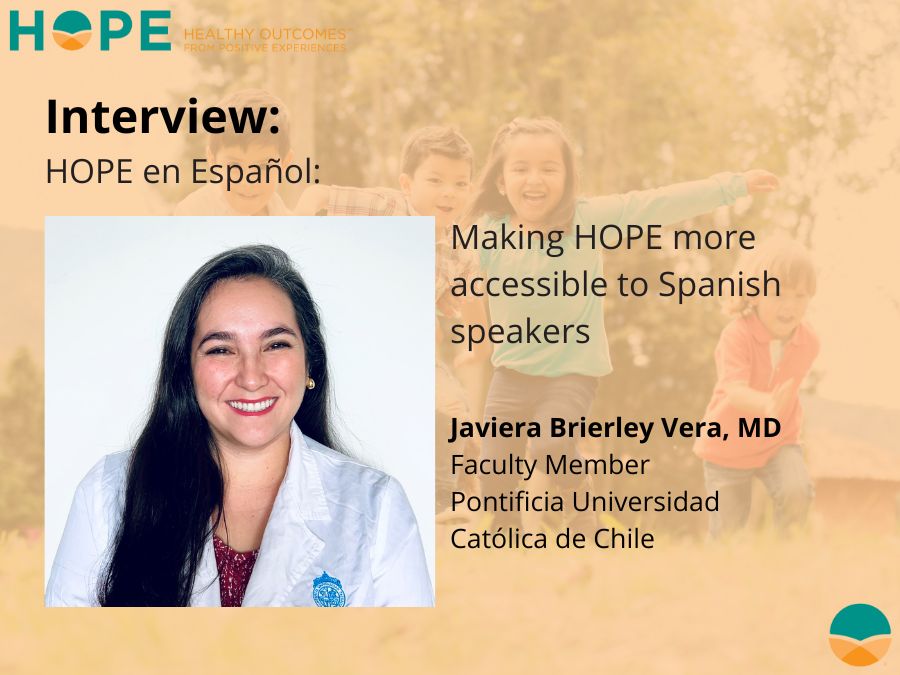
The recent Supreme Court decision, Luna Perez v. Sturgis Public Schools, was a victory for students with disabilities and their families. It is also an opportunity to highlight March as National Disability Awareness Month. In this case, the school provided a deaf student an aide that was not trained to work with deaf students, leaving him with limited communication and instruction. The student experienced reduced opportunities to form relationships, engage in the school community, develop emotional growth through after school and out-of-school programs, and did not have a supportive learning environment. The decision means that schools must provide the services and supports that students with disabilities need to learn, which includes qualified staff.
Key parts of the HOPE framework are anti-racism, anti-bias, and equity, including children and families with disabilities. This ruling serves as a reminder that free appropriate public education (“FAPE”) using proper accommodations and modifications promotes PCEs for each Building Block of HOPE. Thanks to advocates such as, Judy Heumann, the “mother of the disability rights movement” who passed away earlier this month, families have some legal and policy remedies through: the Individuals with Disabilities Education Act (IDEA), Section 504 of the Rehabilitation Act, the Americans with Disabilities Act (ADA), and the Olmstead decision. Although there is still work to do to implement and enforce these protections for people with disabilities, the Luna Perez v. Sturgis Public Schools case shows that there is always hope.
Four Building Blocks of HOPE:
Relationships – Inclusion in the least restrictive environment (LRE) possible maximizes opportunities for children with disabilities to develop relationships with peers and adults.
Environment – Welcoming children and families with disabilities into accessible school and community environments improves access to academic and social education. In schools, an Individualized Education Program (IEP) or 504 plan can help educators create an accessible environment.
Engagement – Increasing accessibility in all child and family serving organizations can help children with disabilities and their families feel a sense of belonging, rather than isolation.
Emotional Growth – In general education settings, full integration of students with disabilities creates opportunities for children without disabilities to develop diverse friendships and understanding of the world around them.
Resources:
- *New – IEP/504 meetings with and without HOPE videos
- PACER Center for Children with Disabilities
- Understood – learning and thinking differences
- Procedural safeguards for children and families seeking special education services
- The current state of special education in the US
- Factsheet: Providing students with disabilities and the COVID-19 pandemic
- The rights of parents with disabilities
Action:
Support expanded access to PCEs for children with disabilities and their families.
- Use these Disability and Health Inclusion Strategies to make your organization more accessible to people with disabilities
- Identify and address Common Barriers to Participation Experienced by People with Disabilities in your organization
- Review all forms of communications, forms, digital information, and marketing materials using this accessibility toolkit


